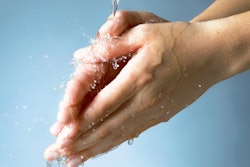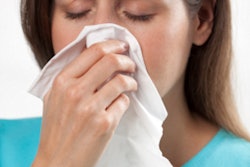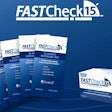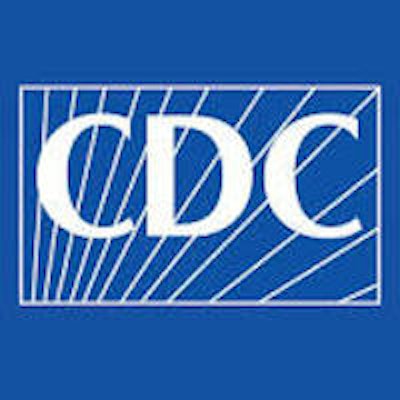
The U.S. Centers for Disease Control and Prevention (CDC) has released two new infection-control and prevention resources for dental practices, in partnership with the Organization for Safety, Asepsis and Prevention (OSAP).
 John O'Keefe, MDentSc, is the chairman of the board of OSAP and the director of knowledge networks at the Canadian Dental Association. All images courtesy of OSAP.
John O'Keefe, MDentSc, is the chairman of the board of OSAP and the director of knowledge networks at the Canadian Dental Association. All images courtesy of OSAP.Released on March 29, the new resources include a summary of the basic infection-control and prevention expectations for dental settings, such as private practices, mobile clinics, and dental schools. The CDC also published a detailed infection-prevention checklist.
"OSAP and CDC are working together on this initiative because ... the CDC is releasing a very significant new resource that summarizes and complements its seminal 2003 guidelines for infection control in dental healthcare settings," said John O'Keefe, MDentSc, chairman of the board of OSAP, at a press conference.
Adding more infection-control resources
In 2003, the CDC released its Guidelines for Infection Control in the Dental Health-Care Setting, which Dr. O'Keefe described as "like the Bible for infection control in dental healthcare settings." However, cases of infection transmission, although rare, still occurred between 2003 and 2015, suggesting a need for better infection control and prevention.
The new summary, titled Summary of Infection Prevention Practices in Dental Settings: Basic Expectations for Safe Care, is intended to be a "user-friendly compilation" of the most important facts from the 2003 guidelines, according to Jennifer Cleveland, DDS, MPH. Cleveland is a dental officer and epidemiologist in the CDC's Division of Oral Health.
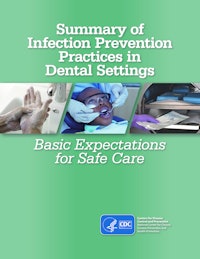 Front cover of the CDC's Summary of Infection Prevention Practices in Dental Settings: Basic Expectations for Safe Care.
Front cover of the CDC's Summary of Infection Prevention Practices in Dental Settings: Basic Expectations for Safe Care."Infection-prevention recommendations should be available and easily understood by the staff," said Dr. Cleveland, who is also the division's lead for infectious diseases and infection prevention in dental healthcare settings. "This is why we developed this summary."
The summary and infection-prevention checklist cover the basics of each section of the 2003 guidelines, including hand hygiene, sharps safety, and personal protective equipment. They also include a section on respiratory hygiene and cough etiquette, which was not part of the 2003 guidelines but added to standard precautions in 2007.
The summary and checklist are not a replacement of the 2003 guidelines but more of a "repackaging of elements," Dr. Cleveland explained. "We refer the reader to go back to the original document for the rationale, the science behind each recommendation, and for further information about how to apply with each recommendation."
Implementing proper infection control
 Jennifer Cleveland, DDS, MPH, is the CDC's Division of Oral Health lead for infectious diseases and infection prevention in dental healthcare settings.
Jennifer Cleveland, DDS, MPH, is the CDC's Division of Oral Health lead for infectious diseases and infection prevention in dental healthcare settings.When it comes to implementing the infection-control procedures recommended in the guidelines, summary, and checklist, Dr. Cleveland advises every dental setting have an infection-control coordinator. The coordinator is a person with infection-prevention training who is responsible for developing the proper policies to ensure adequate infection control.
"I would like to emphasize the importance of having an infection-control coordinator," Dr. Cleveland said. "We encourage all dental settings to designate one person to serve as dental infection coordinator."
For more information about infection control and prevention, including to view the new summary and checklist, visit the CDC website. To provide feedback about the new resources email [email protected] or call 1-770-488-5301. Additional resources also are available on the OSAP website.
"OSAP and the CDC are working very, very closely together to bring infection control and patient education up to where it's needed," Dr. O'Keefe said.




